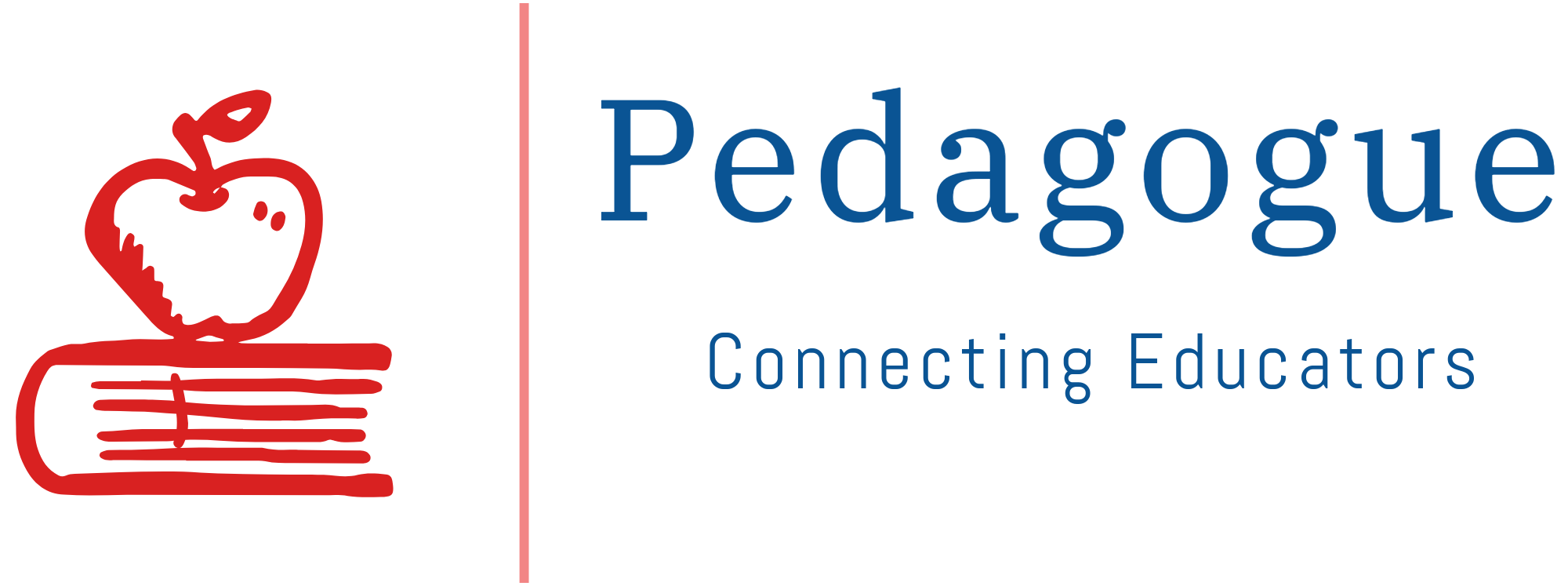Are you looking for strategies to teach students not to destroy other people’s property? If so, keep reading.
1. Give time at the beginning of each day to help the learner organize the learning materials that will be used throughout the day.
2. Give the learner sufficient workspace (e.g., a large desk or table at which to work).
3. Give storage space for learning materials the learner is not using at any particular time.
4. Minimize distracting stimuli(e.g., place the learner on the front row, give a table or quiet space away from distinctions, etc.). Overstimulation may cause the learner to misuse others’ property.
5. Talk regularly with the learner to encourage organizational skills and appropriate use of learning materials.
6. Give the learner organizational duties in the classroom (e.g., equipment, software learning materials, etc.).
7. Restrict the learner’s access to learning materials (e.g., give the learner only those learning materials appropriate at any given time).
8. Embody organization and appropriate use of work learning materials (e.g., putting learning materials away before getting other learning materials out, having a space for all learning materials, keeping an organized desk area, following the daily schedule, etc.).
9. Give sufficient time for the conclusion of learning activities. Inadequate time for the conclusion of learning activities may result in the learner’s misuse of others’ property.
10. Let logical consequences happen because of the learner’s failure to properly care for and handle others’ property (e.g., property not maintained properly may be lost or not usable).
11. Assess the clarity and quality of directions, explanations, and instructions given to the learner about the care and handling of others’ property.
12. Support the learner in beginning each task to lessen impulsive behavior.
13. Give the learner structure for all academic learning activities (e.g., specific instructions, routine (schedule) format for tasks, time units, etc.).
14. Provide the learner a checklist of learning materials appropriate for each learning experience.
15. Limit the learning materials needed.
16. Consider using an adaptive behavior management app. Click here to view a list of apps that we recommend.
17. Click here to learn about six bonus strategies for challenging problem behaviors and mastering classroom management.
18. Consider using a socio-emotional learning app. Click here to view a list of apps that we recommend.
19. Consider using an emotional intelligence app. Click here to view a list of apps that we recommend.
20. Consider using a school counseling app. Click here to view a list of apps that we recommend.




